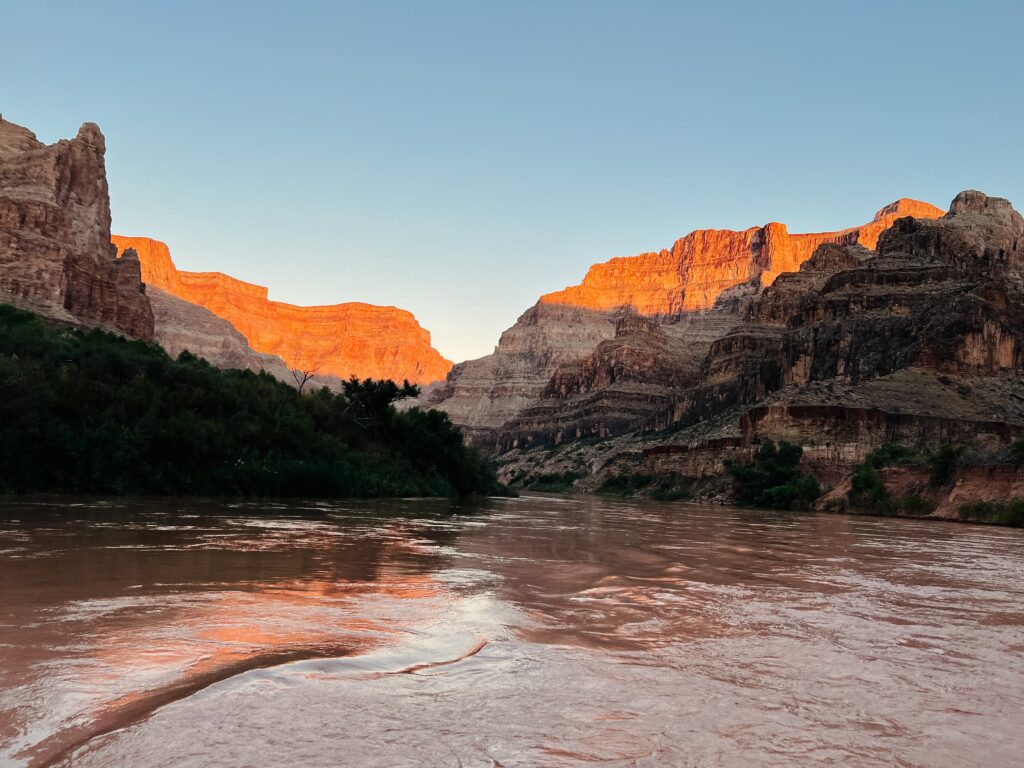Spearfish P-12775
General information | |
| Waterway |
Spearfish Creek |
| Current status | Active license |
| Type of facility | Conventional Hydro |
| Mode of hydropower generation | Run-of-river |
| Type of permit | FERC License |
FERC information | |
| FERC docket # | P-12775 |
| FERC project name | Spearfish |
| Permit issued | 4/16/11 |
| Permit expiration | 3/27/41 |
Ownership and operation | |
| Owner | City of Spearfish, SD |
| Owner type | Publicly Owned Utility |
| Year first online (conventional hydro) | 1912 |
| Transmission or distribution system owner | Black Hills Power Inc |
Power and generating capacity | |
| Number of units | 2 |
| Total capacity from hydraulic turbine-generator units within each plant | 4.0 MW |
| Average annual net hydropower generation | 2,036.5 MWH |
Spearfish Creek originates in the upper elevations of the Black Hills National Forest. The creek flows in a generally northern direction through coniferous/mixed forest before entering the 20-mile-long Spearfish Canyon. The Spearfish Project is located at the lower end of the canyon.
The Spearfish Project consists of the 130.1-foot-long, 4-foot-high concrete Maurice Dam, which impounds a 0.32-acre reservoir with a crest elevation of 4,381 feet United States Geological Survey mean sea level. The dam has a concrete sill section, two stop-log sections, a trashrack, and an intake structure that leads to an approximately 24,000-foot-long, 6.6-foot-wide, and 9-foot-high underground concrete aqueduct, which empties into a forebay pond.
Source: FERC
Until 2008, the City of Spearfish had been operating this 4.0 MW project without a FERC license. The project operates in a run-of-river mode.The project is located on the Spearfish Creek in Lawrence County, South Dakota and occupies 57.26 acres of federal lands within the Black Hills National Forest.
Currently, the project diverts all flows at Maurice dam out of Spearfish Creek and into the project’s underground aqueduct, up to the project’s 120-cfs hydraulic capacity. This diversion leaves the first several hundred feet of the bypassed reach dry year-round, except when spill occurs at the dam.The primary issues associated with licensing this project are the costs and benefits of providing minimum flows to the project’s bypassed reach and the effects of minimum flow losses (through aquifer recharge) on downstream aquatic resources and downstream water users, including irrigators. Other issues include fish entrainment, fish passage, and the potential for project effects on rare and sensitive species.
Milestones
| License Application Filed | 09-10-2008 |
| Draft Environmental Assessment Released by FERC | 05-13-2010 |
| License Order Issued | 04-21-2011 |
| Final Environmental Assessment Issued | 11-08-2010 |
Is there something you’d like to add or correct? Please let us know.
News and updates
From California Sportfishing Protection Alliance7/17/2024
CSPA Intervenes in Litigation on Drum-Spaulding and Yuba-Bear Hydroelectric Projects
From Hydropower Reform Coalition6/18/2024


